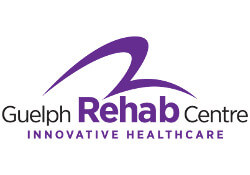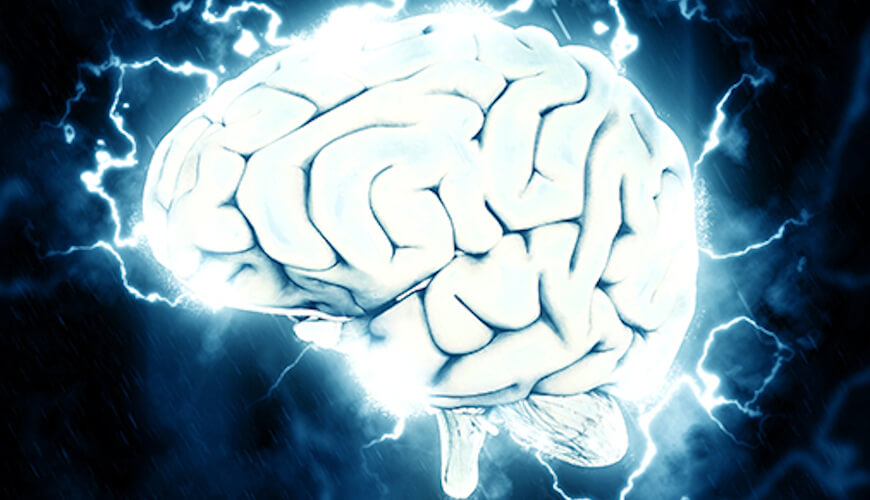Whether you’re young or old, we’ve all experienced a headache many times. And while the cause and severity of each one may have been slightly different, they were most likely all as equally debilitating and aggravating. But have you ever stopped to think about what causes these irritating conditions, why each one feels slightly different and how you can prevent future headaches? Lucky for you, this article is going to do precisely that. We’ll explain what a headache is, what causes them, the different types of headaches and how they can be treated— spoiler alert, pharmacy-bought pills aren’t the only remedy.
As a Guelph rehab clinic with years of experience, we’ve helped many patients find the cause of their headaches and in most cases have even helped them reduce the number of headaches they experience. If you have any questions regarding a topic in this article or would like to discuss your own symptoms with one of our licensed professionals, reach out to us by phone, email or by stopping into our Guelph office.
WHAT IS A HEADACHE?
Despite what most people feel when experiencing a headache, headaches are not pain in the brain. After all, the brain cannot feel pain. Experts believe our body’s central nervous system causes headaches. And when we experience a headache, it’s our brain’s way of telling us that the sensory neurons in the tissues, nerves and blood vessels in our neck, head and spine are experiencing pain.
THE DIFFERENT TYPES OF HEADACHES AND THEIR CAUSES
When it comes to the different types of headaches, there are two main types— primary and secondary. Within the primary headache type, there are also multiple sub-types of headaches which we will explain shortly.
SECONDARY HEADACHES
Although its name suggests otherwise, let’s start with secondary headaches. Secondary headaches are the painful result of a separate condition stimulating the nerves in your head. While many causes of these types of headaches are self-inflicted (see causes 1 & 2), some are quite serious. Anyone who frequently experiences these types of headaches should consult with a professional like ourselves to ensure something more serious isn’t occurring.
Some of the causes of secondary headaches are:
- Alcohol-induced hangover
- Brain freeze
- Grinding your teeth at night
- Concussions
- Dehydration
- Panic Attacks
- Strokes
- Carbon monoxide poisoning
- Brain tumour
- Blood clots
- Bleeding in the brain
- And more
PRIMARY HEADACHES
Simply put, primary headaches are independent illnesses in the head. This means they’re not brought on by a separate condition like dehydration or a concussion, but instead caused directly by the pain-sensitive structures in our head and neck. When referring to primary headaches, we can further break down this group into four sub-types— migraine, tension, cluster and sinus.
Migraine Headaches
Migraine headaches are one of the more common types of primary headaches we hear people refer to. And while they’re one of the most recognized sub-types of primary headaches, they’re also one of the most painful to deal with. Migraine headaches are described as violent, repeated pounding on one side of the head (sometimes spreading to other parts) and can last anywhere from hours to days. They can cause nausea and vomiting and can also make you sensitive to light and sound. And while no one knows exactly what causes migraine headaches, the following things have been said to trigger the headaches.
- Not getting enough sleep
- Not eating enough
- Caffeine withdrawal
- Changes in air pressure, seasons, weather, etc.
- And more
Tension Headaches
The next type of primary headache is a tension headache. These occur more frequently than a migraine headache for instance and are described as continuous pain that makes your head feel as if it is under a lot of pressure. And unlike migraines, tension headaches can also affect areas of your body surrounding your head. You may experience tightness or knots in your neck, and your head and neck may become quite sensitive. As for duration, tension headaches can be short and occur less frequently, or they can be longer and happen regularly. Stress causes the majority of tension headaches, but some of the other causes include:
- Excessive noise
- Eyestrain
- Bad posture
- Excessive caffeine
- Not getting enough sleep
- Grinding of your teeth
Cluster Headaches
Cluster headaches are often described as “attacks.” This is because cluster headaches typically only last half an hour to a couple of hours, but they will continue to come back for a 6-12-week period. Hence, their name. During a cluster headache, the pain is limited to one side of your head, and you may experience redness in the eye as well as nasal symptoms on the affected side. Cluster headaches are most common in 25-50-year-old men, and while doctors don’t know their exact cause, the following are all known to trigger these types of headaches.
- Excessive stress
- Alcohol consumption
- Eating certain foods
Sinus Headaches
Last, but not least are sinus headaches. These headaches are typically caused by allergies or nasal congestion and can be followed by pain in other areas of the head and face. Unlike the other types of headaches, sinus headaches are not reoccurring. Once you’ve bested one, it typically doesn’t come back. That being said, each new seasonal cold can trigger a new sinus headache. It’s also worth noting that if you think you may be experiencing a sinus headache, you should visit a healthcare professional. Sinus headaches are sometimes actually migraine headaches.
HOW TO TREAT HEADACHES
Now that you know the different types of headaches and their causes, you’re probably wondering how to treat a headache if you experience one. Sure, there are generic store-bought pills that claim to work in “x” amount of time, but not all headaches respond the same to these medications.
Some of the other ways to treat headaches are:
- Meditation
- Massage therapy
- Neck stretches
- Heat therapy (warm shower)
- Rest
- Hot or cold cloths placed on your head or neck
However, if you experience daily headaches, many of these treatments will have little to no effect on you. Daily headaches typically require a more in-depth rehab program as there are underlying issues. In southwestern Ontario, we at Guelph Rehab Centre are one of the few clinics to offer our patients a unique, comprehensive and successful treatment program tailored to headaches and migraines. Our program is developed to guide the patient every step of the way from initial assessment to discharge and includes six essential components for rehabilitation.
The six key components are:
- Manual therapy (Active Release Therapy, Myofascial Release and Joint Mobilization)
- Modalities (Interferential Current, Transcutaneous Electrical Neuromuscular Stimulation, Ultrasound and Cold Low-Level Laser)
- Acupuncture (Intermuscular Stimulation and Dry Needling)
- Postural education and correction
- Active rehabilitation (Customized exercise program)
- Lifestyle/Homecare program
A headache can be a frustrating thing to deal with whether it occurs regularly or rarely. Knowing what causes your headache and how to treat it, however, can be the difference between a quick and easy recovery and a long and painful one. If you have any questions regarding anything talked about above or would like to learn more about our revolutionary headache and migraine treatment program, please contact us by phone, email or by stopping into our Guelph office. One of our team members would be more than happy to go into further detail with you.








